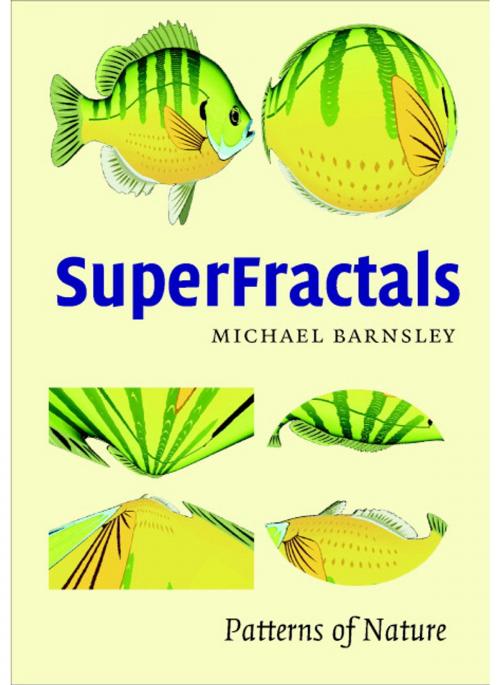SuperFractals
Nonfiction, Computers, Application Software, Computer Graphics, Science & Nature, Mathematics, General Computing| Author: | Michael Fielding Barnsley | ISBN: | 9781139861489 |
| Publisher: | Cambridge University Press | Publication: | September 7, 2006 |
| Imprint: | Cambridge University Press | Language: | English |
| Author: | Michael Fielding Barnsley |
| ISBN: | 9781139861489 |
| Publisher: | Cambridge University Press |
| Publication: | September 7, 2006 |
| Imprint: | Cambridge University Press |
| Language: | English |
SuperFractals, first published in 2006, is the successor to Fractals Everywhere, in which the power and beauty of Iterated Function Systems were introduced and applied to producing startling and original images that reflect complex structures found for example in nature. This provoked the question of whether there is a deeper connection between topology, geometry, IFS and codes on the one hand and biology, DNA and protein development on the other. Now, 20 years later, Barnsley explains how IFS have developed in order to address this issue. Ideas such as fractal tops and superIFS are introduced, and the classical deterministic approach is combined with probabilistic ideas to produce new mathematics and algorithms that open a whole theory that could have applications in computer graphics, bioinformatics, economics, signal processing and beyond. For the first time these ideas are explained in book form, and illustrated with breathtaking pictures.
SuperFractals, first published in 2006, is the successor to Fractals Everywhere, in which the power and beauty of Iterated Function Systems were introduced and applied to producing startling and original images that reflect complex structures found for example in nature. This provoked the question of whether there is a deeper connection between topology, geometry, IFS and codes on the one hand and biology, DNA and protein development on the other. Now, 20 years later, Barnsley explains how IFS have developed in order to address this issue. Ideas such as fractal tops and superIFS are introduced, and the classical deterministic approach is combined with probabilistic ideas to produce new mathematics and algorithms that open a whole theory that could have applications in computer graphics, bioinformatics, economics, signal processing and beyond. For the first time these ideas are explained in book form, and illustrated with breathtaking pictures.















